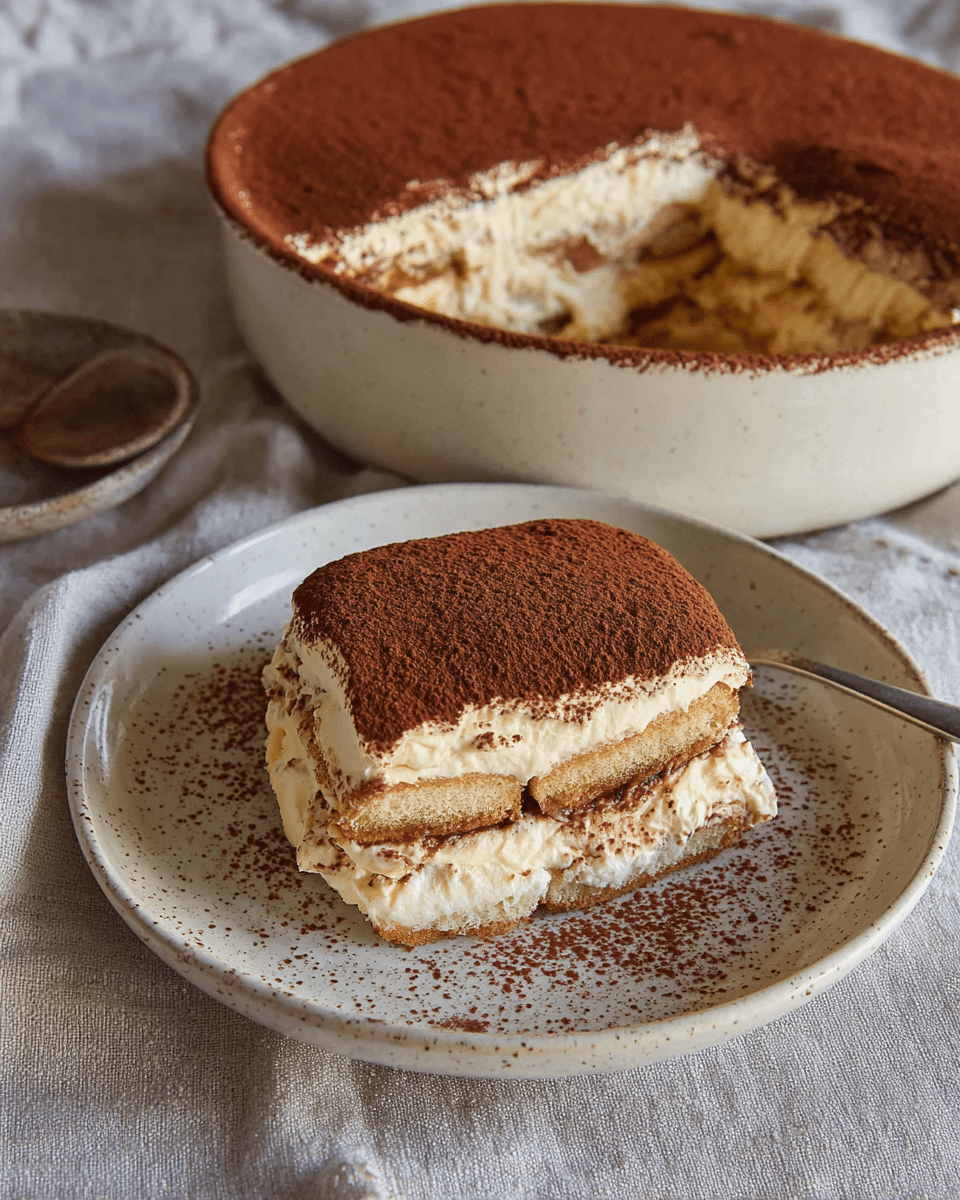The Importance of Mascarpone Cheese
Mascarpone cheese is the backbone of a great tiramisu, contributing to the dessert’s signature creamy and smooth texture. This Italian cheese, made from cream, is rich, soft, and mildly sweet, which allows it to blend seamlessly with other ingredients. Unlike cream cheese, which can be tangy, mascarpone offers a velvety smoothness and a subtle richness that makes tiramisu so luxurious. When mixed with egg yolks and sugar, it forms a rich, creamy filling that holds the entire dessert together. The mascarpone filling is what gives tiramisu its signature indulgent texture, offering a perfect contrast to the light, coffee-soaked ladyfingers.
The Role of Egg Whites in Tiramisu
Egg whites play a crucial role in achieving the light and airy texture of tiramisu. When beaten to stiff peaks, egg whites add volume and airiness to the mascarpone mixture, creating a fluffy, mousse-like consistency. The delicate folding of beaten egg whites into the mascarpone mixture ensures that the dessert maintains a light, creamy texture, preventing it from becoming too dense or heavy. This step requires a gentle touch, as deflating the air bubbles can result in a less airy filling. The egg whites are responsible for giving the tiramisu its signature smoothness, making each bite melt effortlessly in the mouth. This lightness also balances the richness of the mascarpone, keeping the dessert from being overly indulgent.
Ladyfingers: The Essential Component
Ladyfingers, or “savoiardi,” are the traditional biscuits used in tiramisu. These light, sponge-like biscuits are perfect for absorbing the coffee-soaked layers of the dessert while maintaining their structure. The texture of ladyfingers is crucial for achieving the desired balance of softness and sturdiness in the dessert. They should be soaked just enough in the coffee mixture to become tender but not so much that they fall apart. The soaked ladyfingers create a solid foundation for the mascarpone layers, soaking up the coffee and adding a subtle bitterness that contrasts beautifully with the sweetness of the mascarpone filling. The quick dipping technique ensures that they retain some firmness while absorbing enough flavor to complement the rich mascarpone cream.
The Coffee and Its Role in Flavor
Coffee is an essential element in tiramisu, providing a bittersweet contrast to the sweet mascarpone filling. Traditionally, espresso or strong brewed coffee is used, as its bold, robust flavor cuts through the richness of the cream. The coffee not only enhances the flavor profile but also contributes to the signature taste of tiramisu. When the ladyfingers are dipped into the coffee, they absorb the liquid, and its flavor becomes infused throughout the layers. While the coffee adds a distinct taste, it should never overpower the dessert. Instead, it acts as a counterpoint to the creamy sweetness of the mascarpone, providing balance and depth. In some variations of tiramisu, a splash of coffee liqueur, like Kahlúa, can be added to the coffee for an extra layer of flavor, but this is optional and depends on personal preference.
Building the Layers of Tiramisu
Tiramisu is a layered dessert, with each layer contributing to the overall texture and flavor. The first layer consists of ladyfingers soaked in coffee, placed in a single layer at the bottom of a dish. The soaked biscuits act as a sponge, soaking up the coffee and acting as the base for the next layer. The second layer is the mascarpone mixture, which is spread generously over the soaked ladyfingers. This filling is creamy, slightly sweet, and incredibly rich, offering a smooth contrast to the slightly bitter coffee-soaked biscuits. The layering process is repeated until the dish is filled, with the final layer being a generous spread of the mascarpone mixture. The dessert is then chilled for several hours to allow the flavors to meld together and for the dessert to set.
The Importance of Chilling
Tiramisu is best served after being chilled for several hours, or ideally overnight. Chilling the dessert allows the flavors to develop and the layers to set, giving the tiramisu its characteristic firm yet creamy texture. The cold temperature also allows the mascarpone filling to firm up slightly, making the dessert easier to slice and serve. During the chilling process, the coffee-soaked ladyfingers absorb more of the mascarpone filling, creating a harmonious balance of textures. The longer the tiramisu is allowed to chill, the more the flavors meld together, creating a richer, more complex flavor profile. Although tiramisu can be enjoyed the same day it’s made, the dessert is often even more delicious the next day as the flavors have had time to come together.
The Final Touch: Cocoa Powder
The finishing touch to tiramisu is a dusting of cocoa powder, which adds a slight bitterness to contrast with the sweetness of the mascarpone and the coffee-soaked biscuits. Cocoa powder is sprinkled generously over the top of the dessert just before serving, providing both a visual appeal and an additional layer of flavor. The cocoa powder should be sifted to ensure an even, smooth coating, avoiding any clumps that may detract from the dessert’s presentation. The bitterness of the cocoa powder enhances the overall flavor profile, providing a perfect balance to the sweetness and creaminess of the tiramisu.
Tiramisu for Every Occasion
Tiramisu is a versatile dessert that can be enjoyed for a wide range of occasions, from casual family gatherings to elegant dinner parties. Its no-bake nature makes it easy to prepare in advance, allowing the cook to focus on other aspects of meal preparation without worrying about baking time. Tiramisu also holds up well as leftovers, often tasting even better the day after it’s made as the flavors continue to develop. This makes it an ideal dessert for preparing ahead of time, especially for large gatherings or events where you want to minimize last-minute cooking.
Nutritional Information and Considerations
While tiramisu is undeniably delicious, it is important to remember that it is a dessert and should be enjoyed in moderation. It is rich in calories, sugar, and fat, primarily due to the mascarpone cheese and the egg yolks. However, it also provides some protein from the mascarpone and eggs. The coffee and cocoa powder add a small amount of antioxidants, but overall, tiramisu should be considered a treat rather than an everyday food. It’s a great option for special occasions where indulgence is called for, but those watching their calorie intake may want to enjoy it sparingly.
Conclusion
Tiramisu is a timeless Italian dessert that combines rich, creamy layers with the bold flavors of coffee and cocoa, creating a perfect balance of sweetness and bitterness. The key to a great tiramisu lies in the delicate layering of coffee-soaked ladyfingers and the creamy mascarpone filling, which is lightened by the addition of beaten egg whites. Its no-bake nature and ability to improve with time make it an ideal dessert for both casual gatherings and more formal occasions. Whether you’re enjoying it after a family meal or serving it at a dinner party, tiramisu is sure to impress. With its irresistible combination of textures and flavors, this classic dessert remains a favorite in kitchens around the world.






